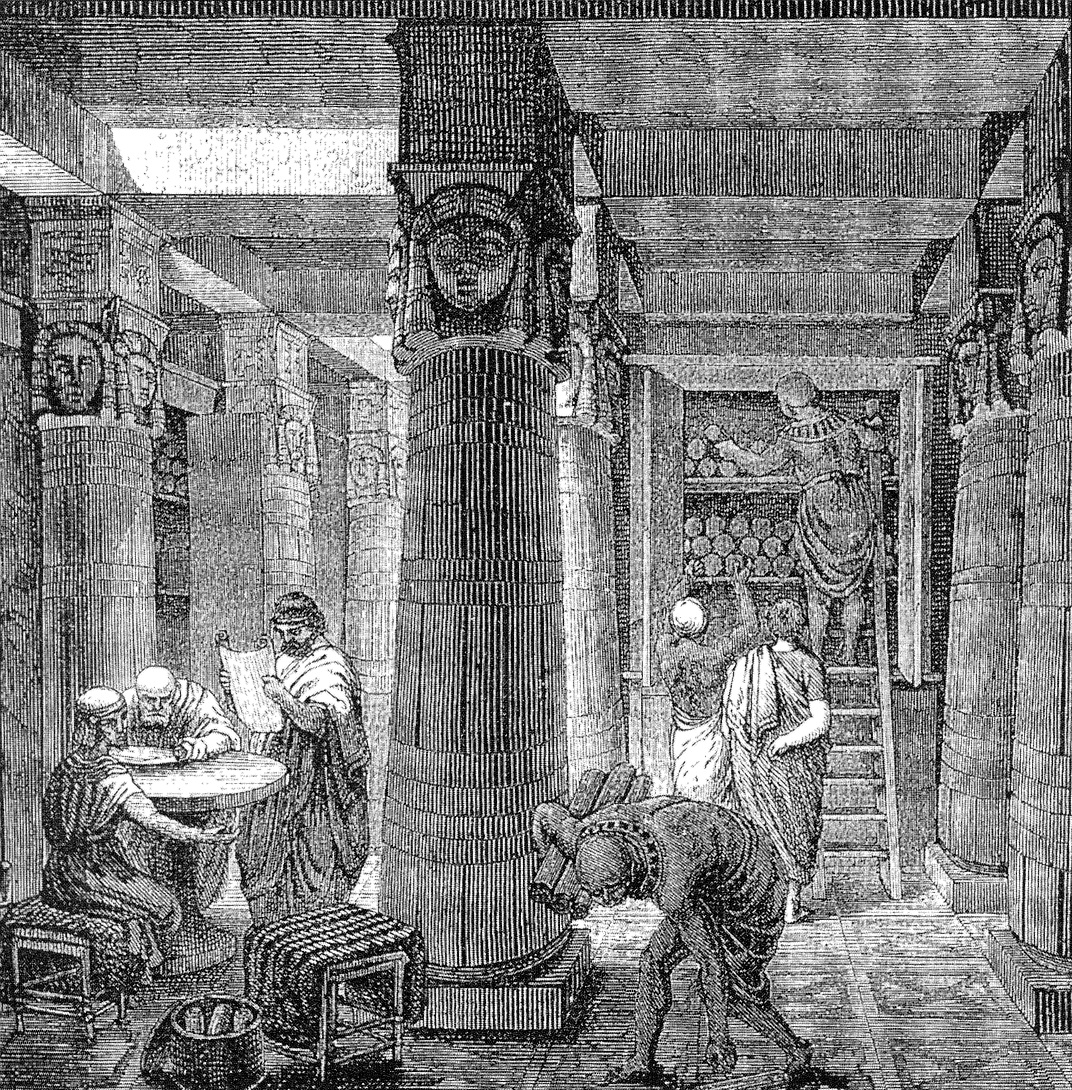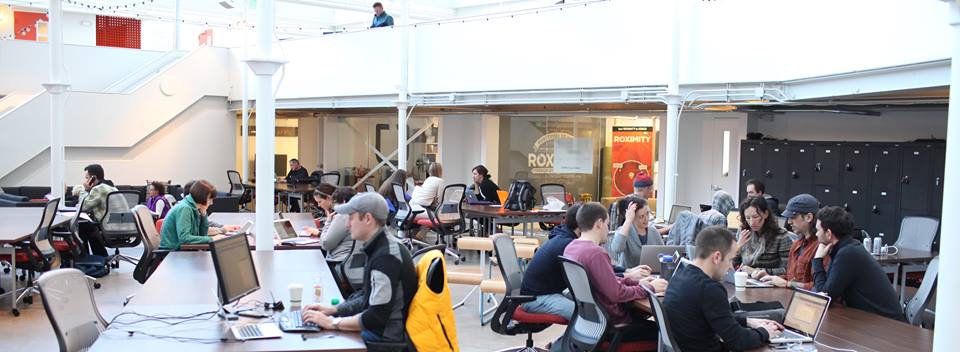Coworking, maps and learning
Throughout history, man has been interested in mapping everything that surrounds him, whether the lands are well known, recently discovered or imaginary. As a tool, maps have always been essential to help us locate ourselves in the world, but they also influence how we perceive it. For example, to represent earth, which is a geoid, cartographers use a projection system to move the geometry of a sphere to a two-dimensional plane. But, as well as representing the contours, surfaces and angles, they have to decide what other information is relevant and should appear on the map. In one way or another, this conditions the way that we perceive things and learn.
And then came the grandest idea of all! We actually made a map of the country, on the scale of a mile to the mile!"
"Have you used it much?" I enquired.
"It has never been spread out, yet," said Mein Herr: "the farmers objected: they said it would cover the whole country, and shut out the sunlight! So we now use the country itself, as its own map, and I assure you it does nearly as well. (Lewis Carroll, Sylvie and Bruno Concluded (1893))
In a recent video posted on TED, John Green uses maps and the story of Agloe (New York) as a metaphor to illustrate his path to learning. When he comments that "what we map changes the life we lead", Greens is talking about "communities of learners" that share this curiosity and motivation for mapping the world. As a teenager, he found this type of community at Indian Spring school, a small boarding school, and now as an adult he still has the urge to immerse himself into learning via virtual communities, such as those found on YouTube, as they allow him to learn about subjects that interest him, no matter his age or location.
Now there's no need to answer the question "where to go?", but "where are you?" Because we could be in the library, the laboratory, even at school, reading books and examining world maps, bound to science sources through a virtual space; the feeling of being sat there may even predominate that of sitting in a chair at home. Will these channels be enough? Will they substitute a live presence of the master, the beloved incarnation of knowing? (Michel Serres, Atlas)
The digital revolution that took place during the last quarter of the 20th century and the start of the 21st century dramatically increased our access to knowledge. As Serres's text states, it is even more important for us to create our own maps in the ocean of information that is the Internet. This helps us keep discovering and mapping "new worlds" rather than trying to understand the destination we are going towards. Virtual platforms such as Coursera or edX offer access to university courses and specialisms from all over the world, right from your armchair. You can find active "communities of learners" in these courses, as Green mentioned.

Alexandria Library. Image Source: Wikipedia
This type of "communities of learners" can also be found in coworking spaces, which host specialist events for groups of professionals, like developers, web designers, graphic designers, bloggers, entrepreneurs, etc. Coworking spaces also tend to offer workshops on different subject matters too. What's more, knowledge is shared and collaborations are forged between members on a daily basis, meaning that coworking spaces really are potential learning hubs, where "communities of learners" can grow.
In recent years, hybrid models have been evolving, which combine educational programmes with the coworking model. On one hand, they offer complete immersive and specialised programmes, sometimes creating partnerships with universities. On the other hand, they provide an ecosystem of companies within the community that offer graduates from those courses the opportunity to work. This model allows students to have a more hands-on approach to the subjects that they are learning. An example of such is the network of spaces, Galvanize, which has six campuses in the United States.

What do you think? Will coworking spaces play an important role in training future professionals?
Related stories
Connection, Belonging, Identity: Why Branding Matters When You’re Building Your Community
Guided by industry insights, we navigate the intricate landscape of branding, probing fundamental questions posed by thought leaders like Cat Johnson. Beyond logos and colour schemes, we uncover the essence of brand identity.
Elevating mixed-use spaces: The crucial role of hospitality and technology in community management
As mixed-use developments continue to grow in popularity, merging visitors with locals through a high level of hospitality, and community, in whatever way the space functions, is of prime importance.
The glorious renaissance of community-led coworking
Join us in exploring how the coworking movement transcends beyond just providing desks and chairs- it's a catalyst for community and collaboration.
3 Things People Want From Their Workplace Experience
According to Appspace’s 2023 Workplace Experience Trends & Insights Report, 93% of people who work in an office think their organisation could do more to improve the workplace experience. To craft a truly exceptional workplace experience, it’s useful to know what people are actually looking for in an office environment – which, of course, can change over time. So, we decided to do a little digging.
Overturning a Man’s World: How Coworking Supports Women - Part 2
In this follow-up to the recent blog post, Overturning a Man’s World, we continue an exploration of how coworking supports women.
Building an Inclusive Workplace Experience at Huckletree
Huckletree, a longstanding customer of Nexudus, has a growing network of shared workspaces across the UK and Ireland. It represents a community of over 4,000 people working across dynamic tech and creative sectors including web3, fintech, AI, govtech, and sustainable innovation.
How To Make Your Coworking Software Work For Your Brand
With so many new and interesting coworking offerings emerging, it’s never been more vital for existing spaces to differentiate themselves and stand out. And one of the best ways to achieve this is by establishing a strong brand presence.
Flexible Workspaces Management: Simplifying Corporate Success
Working from home is indeed not a new concept, at all! AT&T started to eliminate unused offices in 1991. Three years later, as part of an experiment to explore the extent to which a large organisation could revolutionise the workplace by bringing work to the employees, it had 32,000 employees working from home.
Behind The Desk: Meet Our Founders
Welcome to, where we dive deep into the brains behind Nexudus. Today, we’re chatting with Nexudus’ CTO and co-founder Adrian, as he shares his journey from selling Internet Cafe technology to being the co-founder of a global coworking company.
Creating Future-Ready Workspaces with Nexudus' Experts 🌍
We sat down with Stephen Wood, Nexudus’ North America Account Lead and our North American technology partner, Serge Rose, to talk about their recent collaboration in assisting a Canadian client with their migration to Nexudus and to delve into their thoughts on the future of technology in workspaces moving forward!

